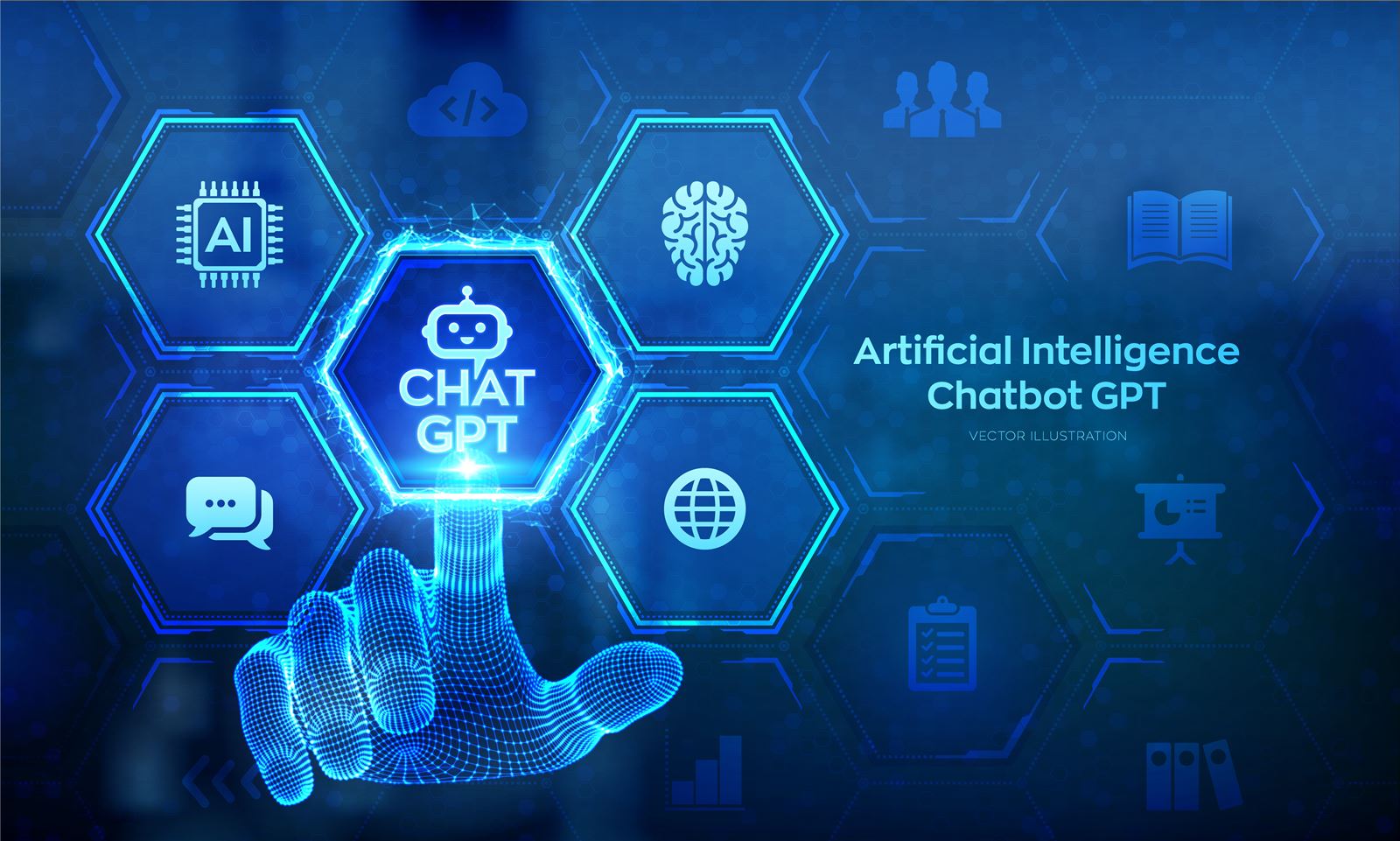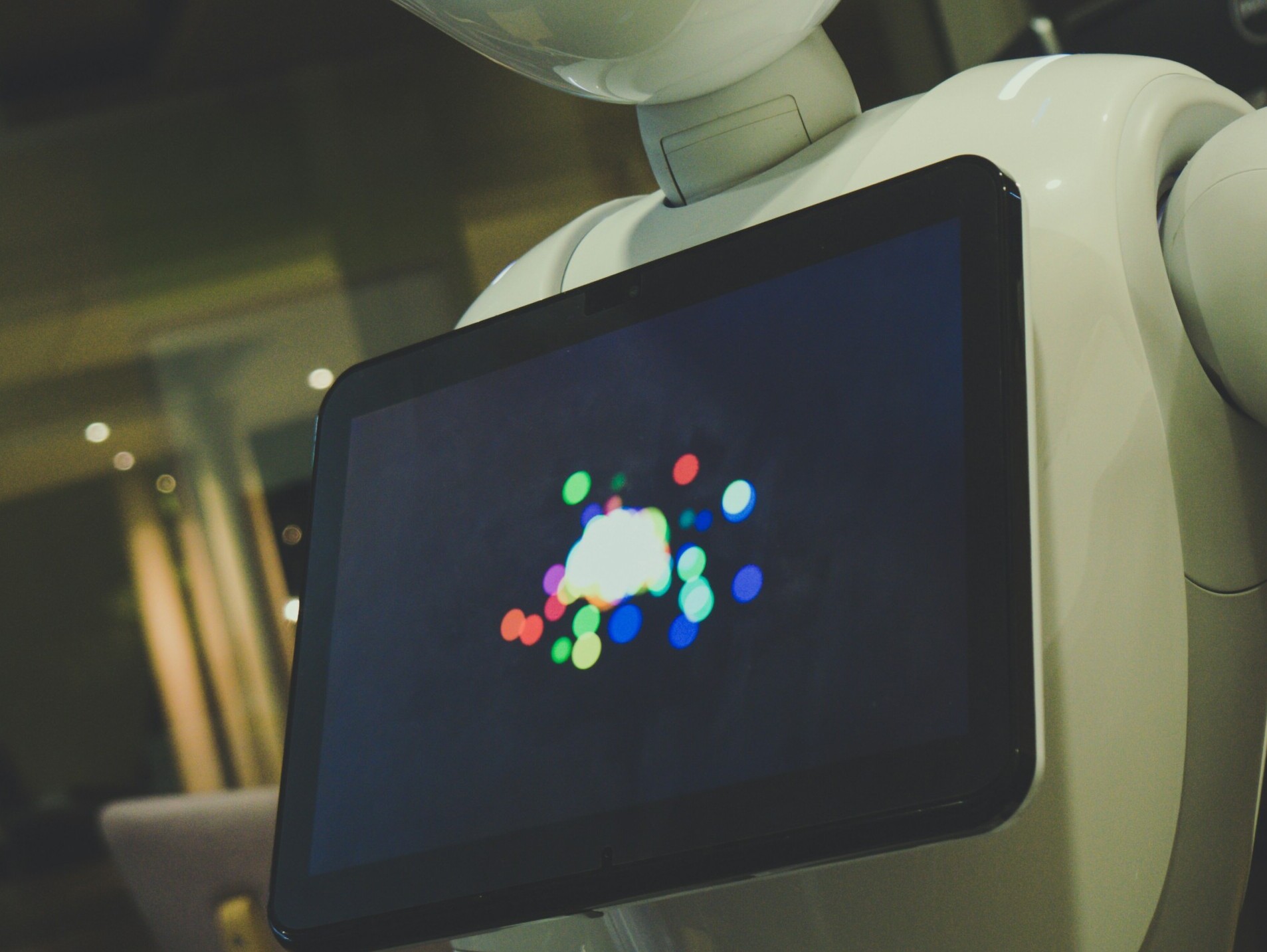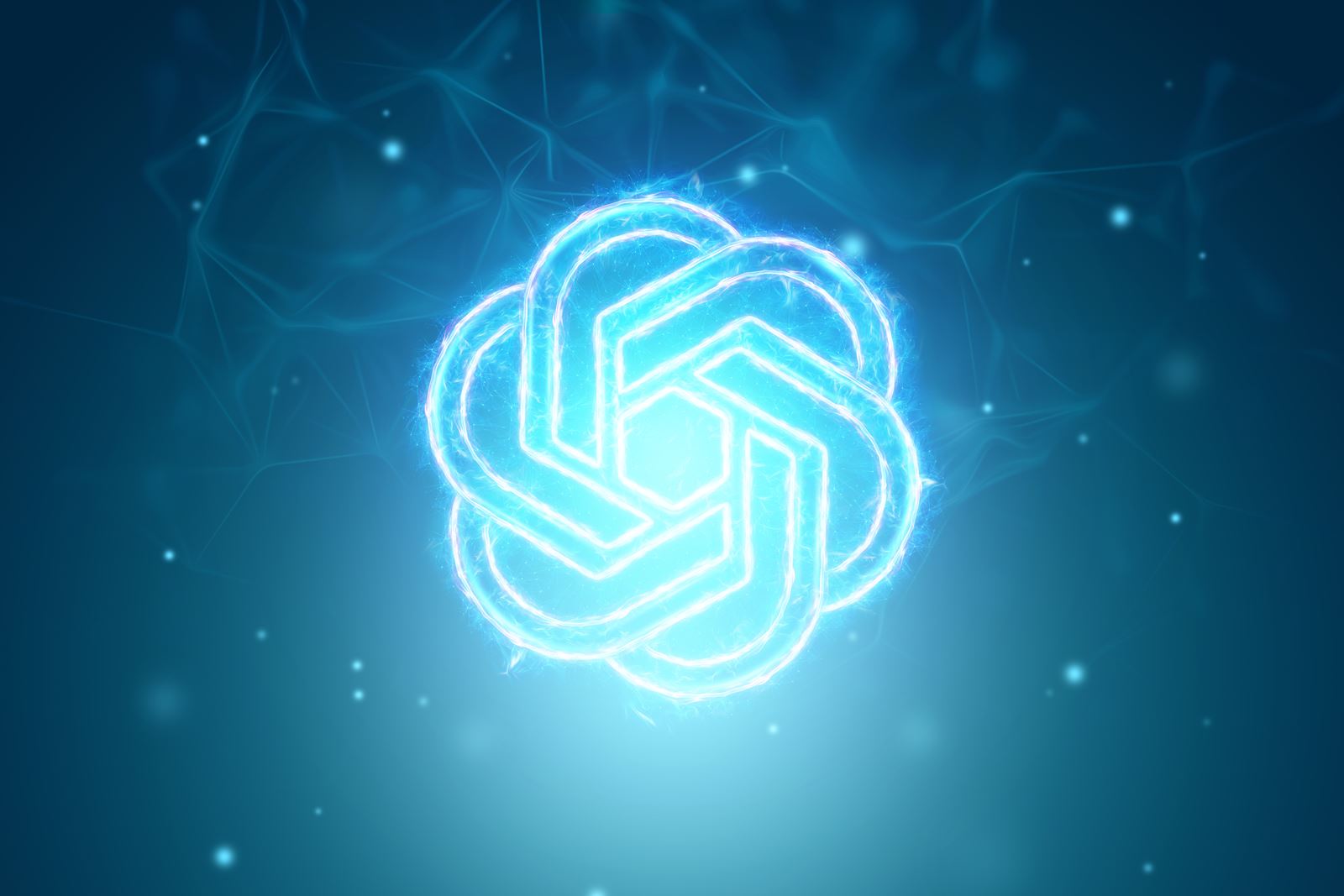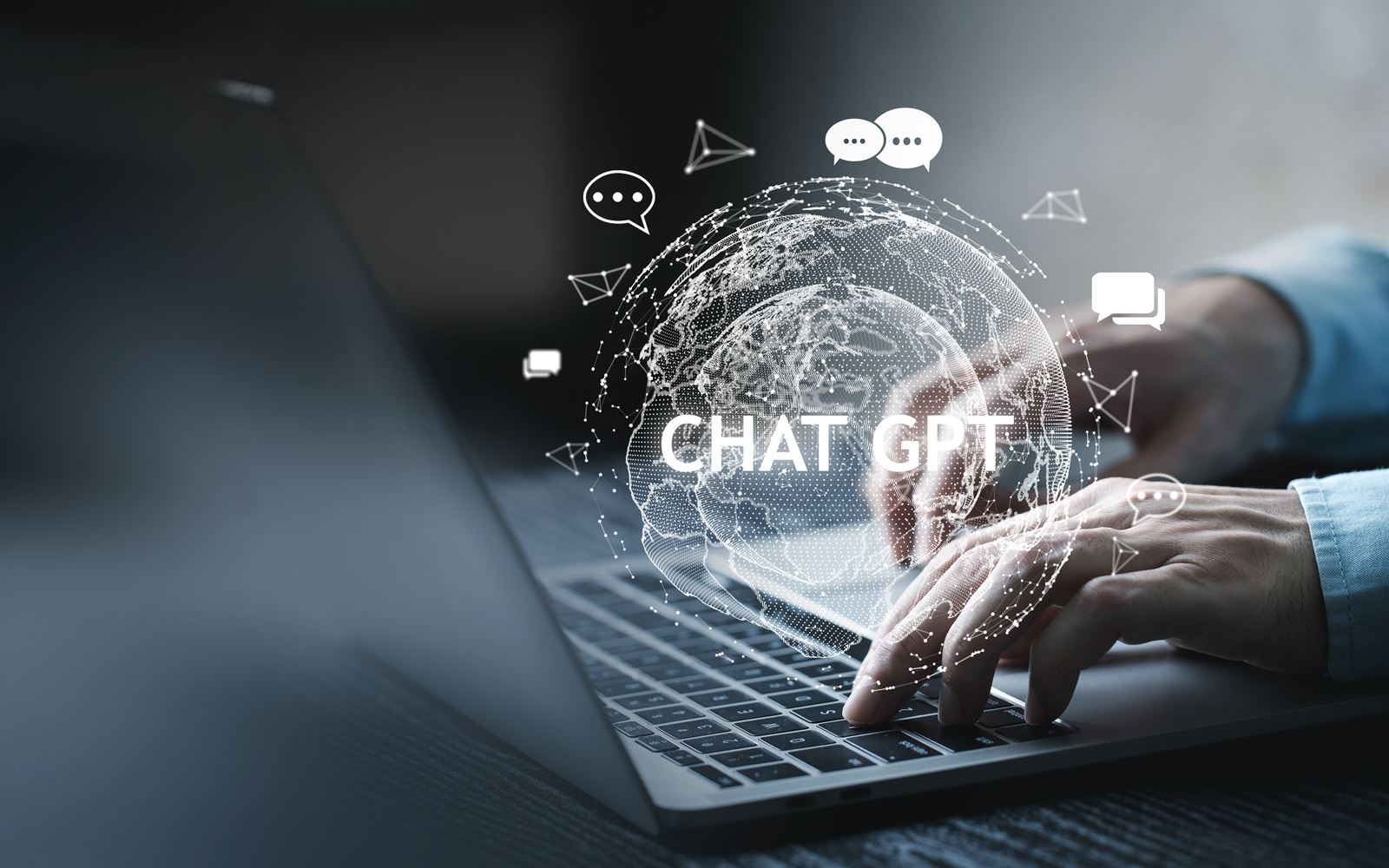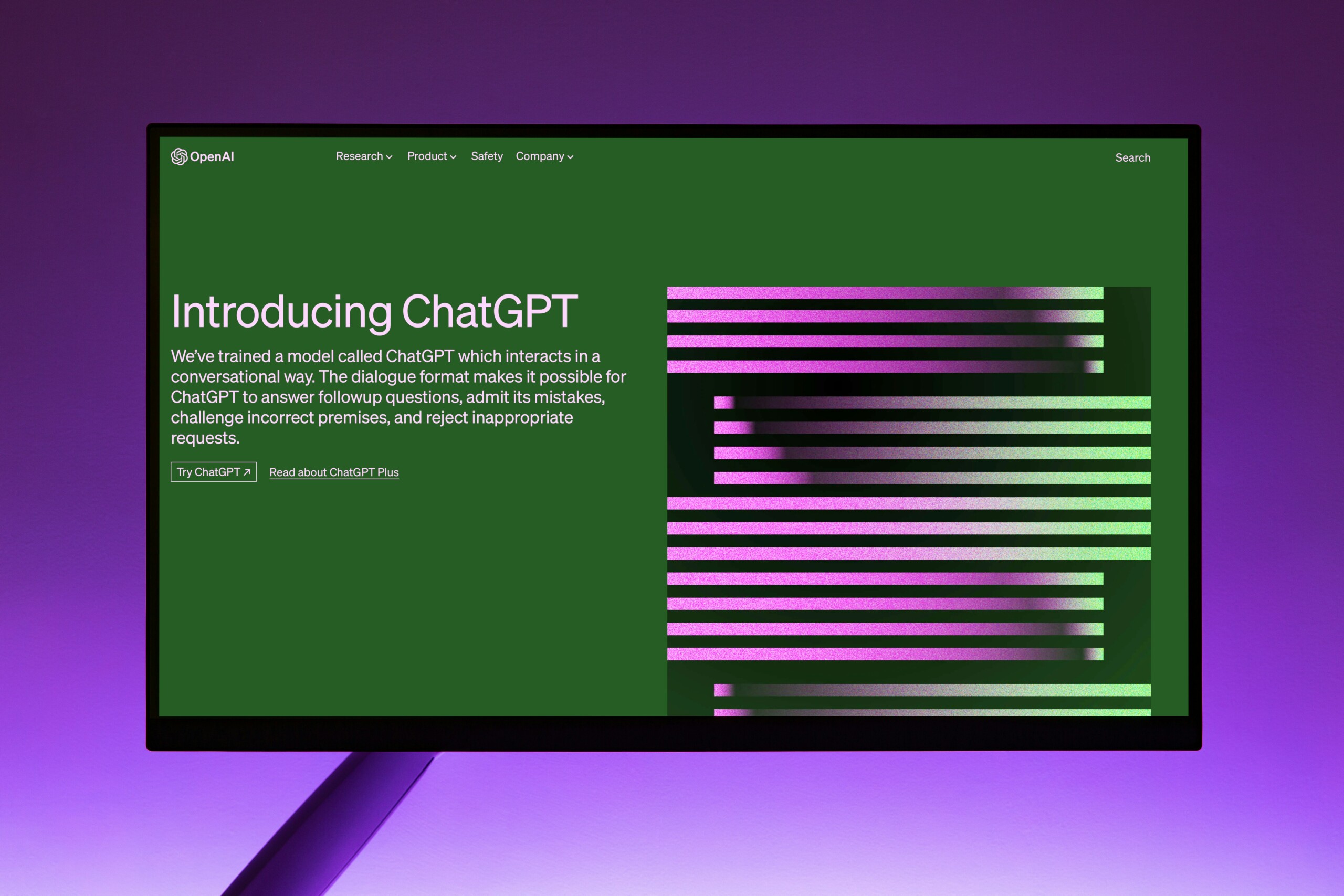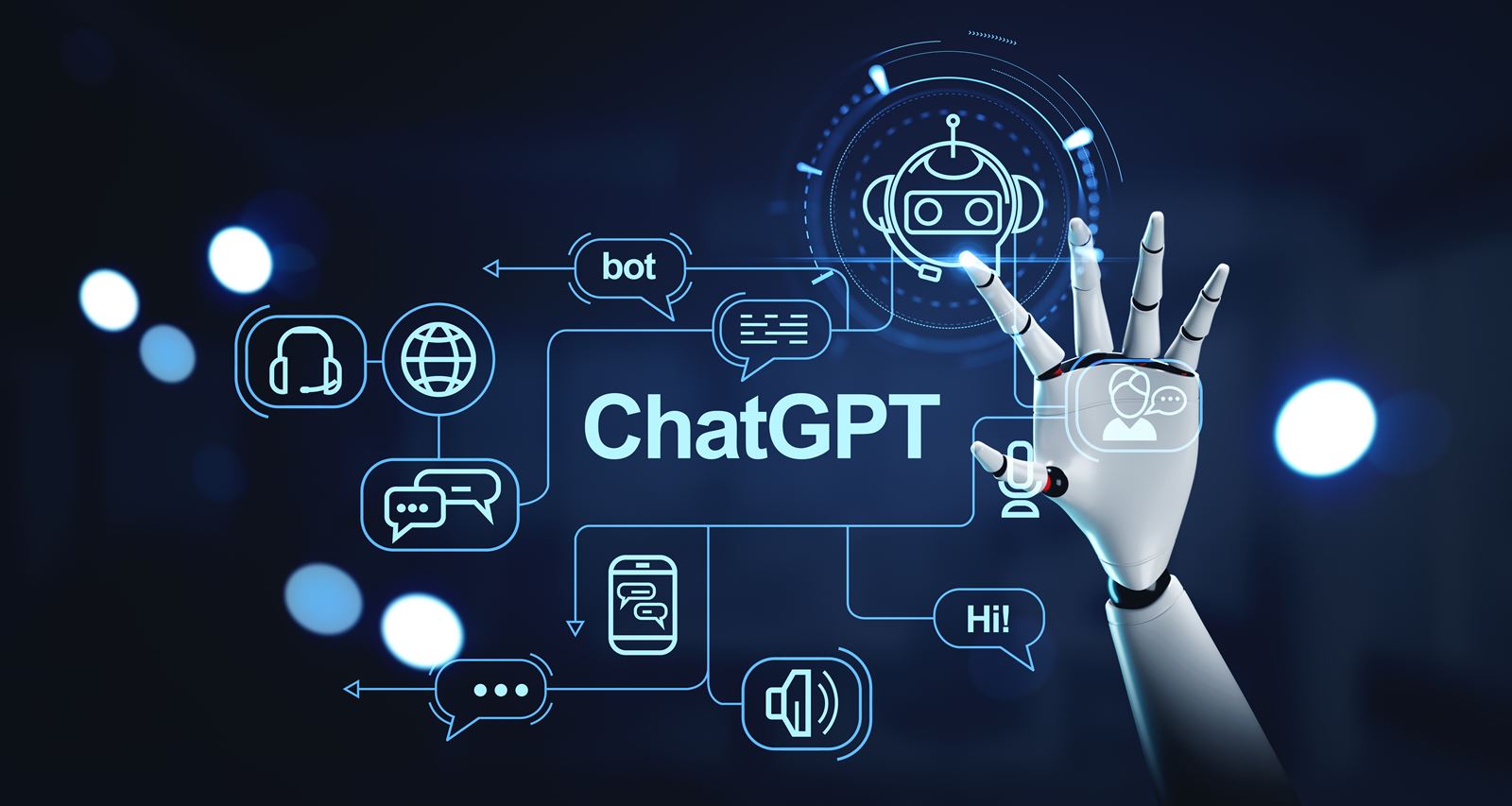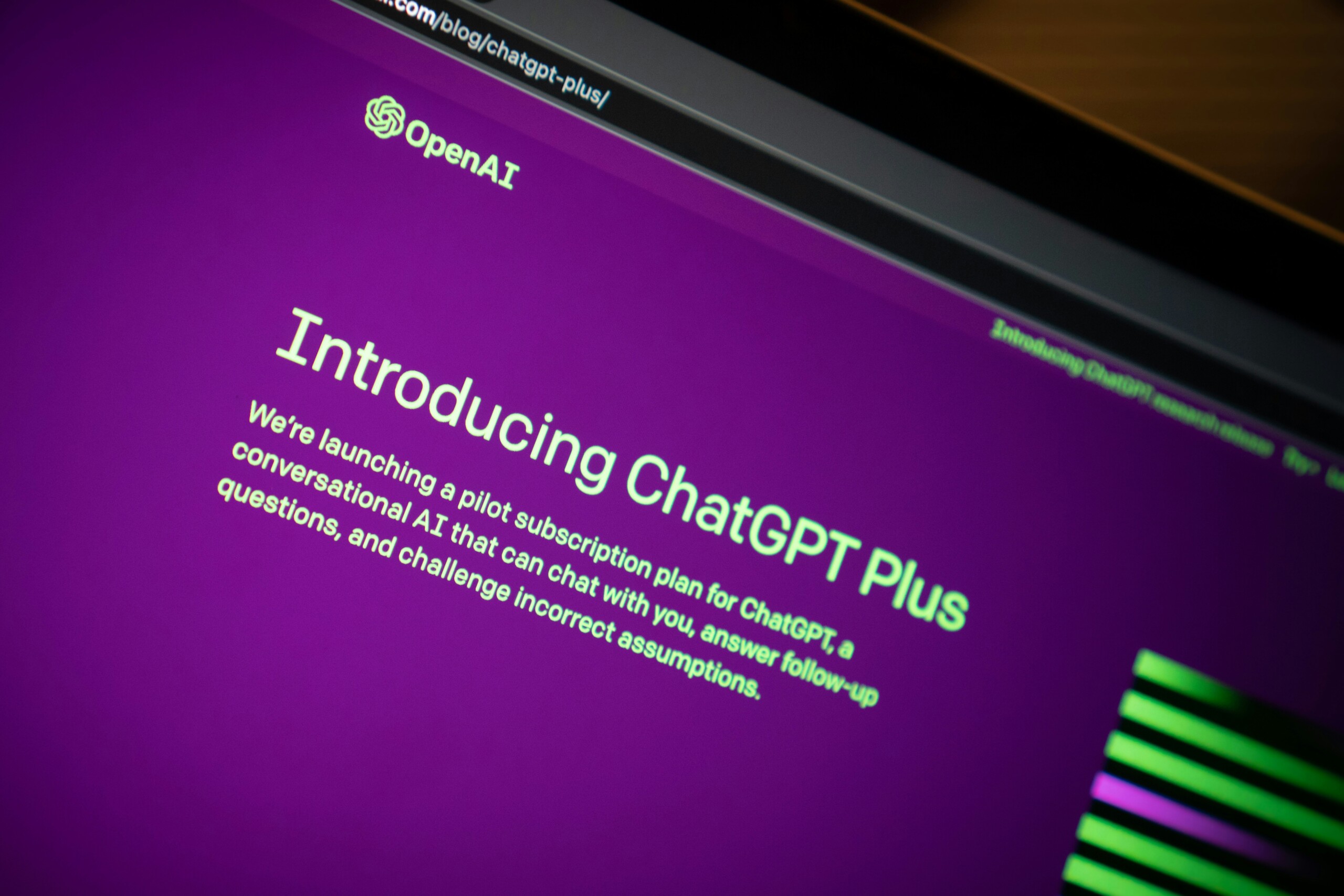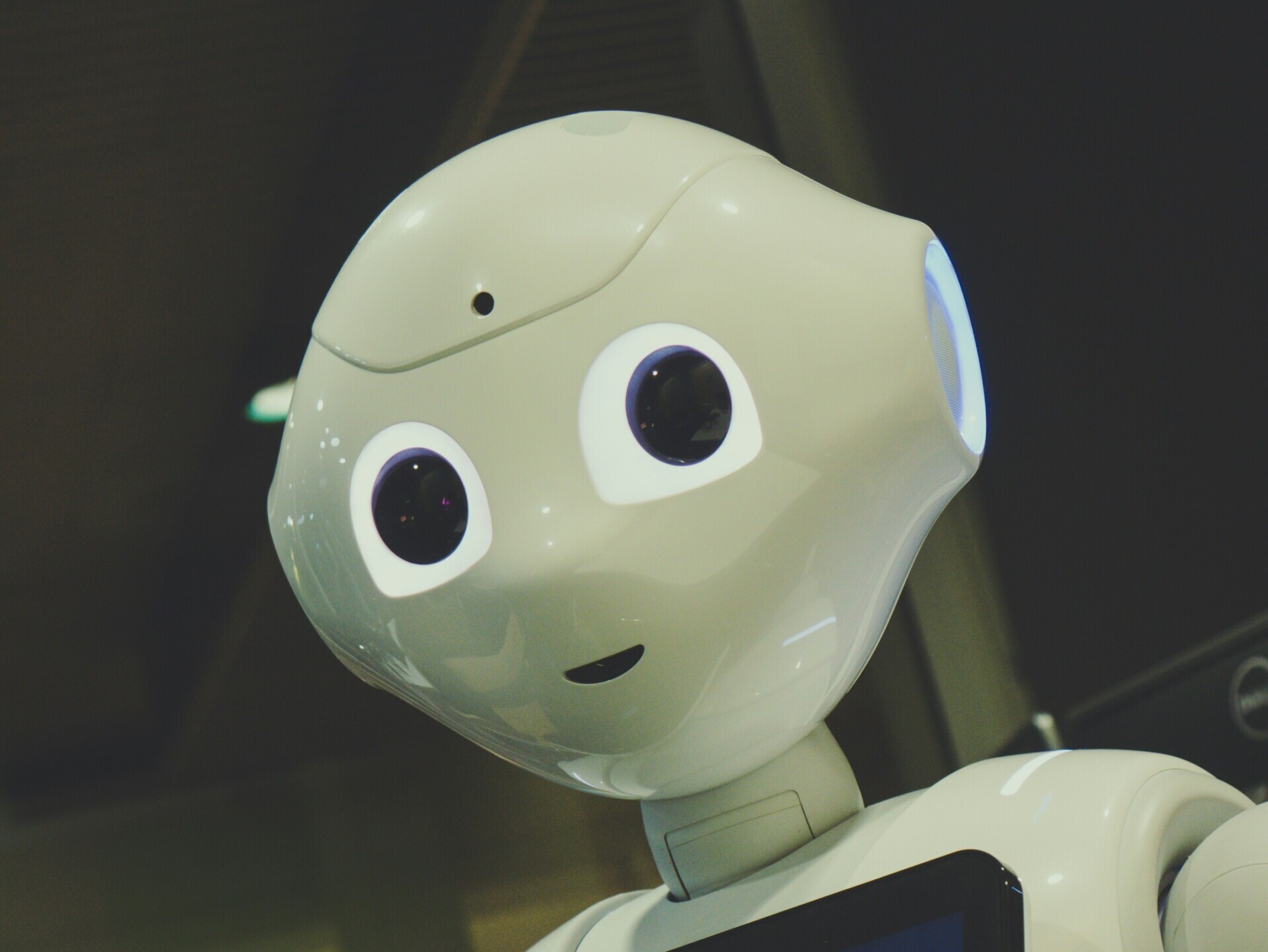Introduction
Language models have come a long way in recent years, with advancements in artificial intelligence enabling the development of more sophisticated models. Two prominent language models that have garnered attention are The Bard and ChatGPT. In this article, we will delve into the differences between these two leading language models, exploring their capabilities and applications.
The Bard: A Glimpse into the Past
The Bard, also known as ShakespeareBot, is an early example of a language model that was trained on the works of William Shakespeare. It was designed to mimic the writing style and language patterns of the renowned playwright. The Bard excels in generating text that resembles the eloquence and poetic nature of Shakespeare’s works.
However, The Bard has limitations. It is not capable of understanding or responding to specific queries or engaging in interactive conversations. Its responses are based solely on the patterns it has learned from Shakespeare’s writings. While it can produce impressive and creative text, it lacks the ability to comprehend context or generate meaningful responses in real-time.
ChatGPT: The Power of Conversational AI
ChatGPT, on the other hand, represents a more advanced and versatile language model. Developed by OpenAI, ChatGPT is specifically designed for interactive and dynamic conversations. It has been trained on a vast amount of diverse data from the internet, allowing it to generate contextually relevant and coherent responses.
Unlike The Bard, ChatGPT can understand and respond to specific queries, making it suitable for a wide range of applications. It can provide information, answer questions, and engage in conversations on various topics. ChatGPT’s ability to adapt to different contexts and generate human-like responses has made it a valuable tool in customer support, virtual assistants, and other conversational AI applications.
Capabilities and Limitations
While both The Bard and ChatGPT are impressive language models, they have distinct capabilities and limitations.
The Bard’s Strengths:
- Ability to generate poetic and eloquent text
- Familiarity with Shakespearean language and style
- Creative storytelling
The Bard’s Limitations:
- Lack of context comprehension
- Inability to engage in interactive conversations
- Reliance on patterns from Shakespeare’s works
ChatGPT’s Strengths:
- Interactive and dynamic conversation abilities
- Contextual understanding and relevant responses
- Adaptability to different topics and contexts
ChatGPT’s Limitations:
- Potential for generating inaccurate or biased responses
- Occasional lack of coherence or logical reasoning
- Dependence on the quality and diversity of training data
Applications and Future Development
Both The Bard and ChatGPT have their unique applications and potential for further development.
The Bard’s ability to generate poetic text can be utilized in creative writing, entertainment, or educational contexts where a Shakespearean touch is desired. It can also serve as a source of inspiration for writers and poets.
ChatGPT’s conversational abilities make it a valuable tool for customer support, virtual assistants, and chatbots. Its potential applications extend to areas such as language translation, content generation, and even therapy or counseling.
As language models continue to evolve, efforts are being made to address their limitations. Researchers are working on improving context comprehension, reducing biases, and enhancing the logical reasoning capabilities of models like ChatGPT. The future holds great potential for even more advanced and versatile language models.
Conclusion
The Bard and ChatGPT represent two different eras of language models. While The Bard showcases the beauty of Shakespearean language, ChatGPT demonstrates the power of conversational AI. Each model has its strengths and limitations, catering to different needs and applications.
As technology progresses, language models like ChatGPT are becoming increasingly sophisticated, bridging the gap between human-like interactions and artificial intelligence. The possibilities for their application in various fields are vast, and the future of language models holds exciting prospects.

